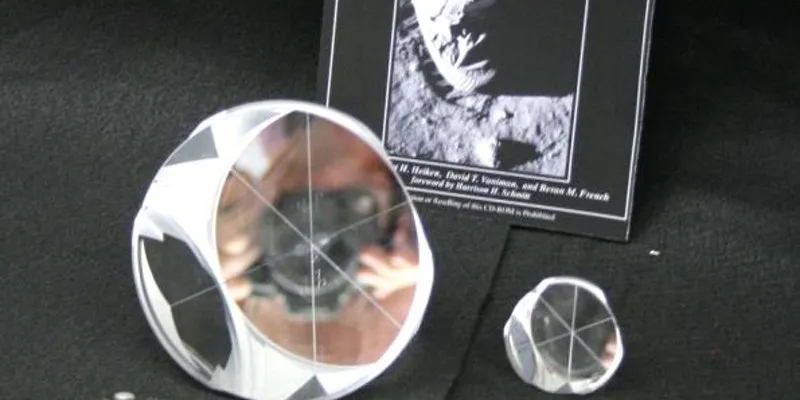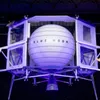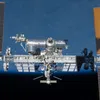India continues NASA legacy 50 years after Apollo 11 mission; Chandrayaan 2 carries micro laser reflector to the Moon
These small laser micro reflectors, weighing 21 grams, are on-board the Chandrayaan 2 - placed on Vikram Lander. They will help understand the distance between the satellites and the micro reflectors on the Moon.
The successful Apollo 11 mission of 1969 carried the first laser reflectors to the Moon. Now, Indian space agency ISRO has launched a tiny new retroreflector to the Moon’s south pole aboard the Chandrayaan 2 mission. The deployment of this micro reflector weighing about 22 grams is considered as the next step of a NASA experiment, which began in 1969.
Aboard the Vikram lander, this can only be seen from the lunar orbit, and not from the Earth.

The micro reflector by NASA which is on its way to the South Pole of Moon (Image: Space.com)
To understand what this retroreflector is being used for, Simone Dell'Agnello, an Executive Technologist at the National Institute for Nuclear Physics - Frascati National Labs in Italy, said,
“The new reflector is "a 'micro reflector' device, similar to the one delivered by INFN of Italy (through the Italian Space Agency, ASI) to NASA-JPL and deployed on the InSight Mars lander (and to be deployed by the Mars 2020 rover of NASA and by the ExoMars 2020 rover of ESA)," reports Space.com.
Doug Currie, a senior research scientist and professor at the University of Maryland, who was involved in the design of the original Apollo reflectors, said that satellites in the lunar orbit will shoot lasers at the new micro reflector.
This would help scientists to understand the distance between a satellite and the micro reflector on the lunar surface.
In 1969, the astronauts of Apollo 11 left a tray of 100 prisms for the lunar laser ranging experiment on the moon. To this day, the experiment is a success and is still being used by scientists on Earth to study various data points by shooting lasers at them.

The next generation Lunar Reflector retroreflector (left) besides its predecessor from the Apollo era (right)
The astronauts of Apollo 14 and 15 continued this tradition delivering retroreflectors on the Moon. These retroreflectors are still active and according to NASA, four telescopes at observatories in New Mexico, France, Italy, and Germany fire lasers at them to understand the orbit, rotation, and orientation of the Moon.
“The lunar orbit and the orientation of the rotating Moon are needed by spacecraft that orbit and land on the Moon. For instance, cameras on a spacecraft in the lunar orbit can see the reflecting arrays, relying on them as locations accurate to less than a foot (a fraction of a meter)”, said NASA.
At present, research on developing a much compact and highly advance next-generation lunar retroreflector is under progress. According to Doug, this will enhance scientific and navigational capabilities of the retroreflector, which is important for NASA. It will also help the space agency’s plan to return to the Moon and establish a human presence by 2028.
(Edited by Saheli Sen Gupta)










